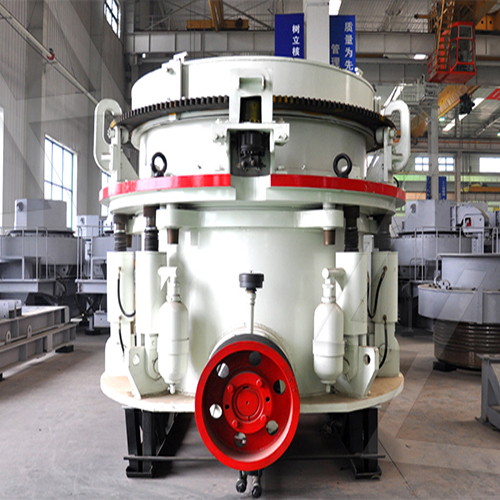The ball milling process is a mechanical grinding technique used to grind, blend, or mix materials into fine powders or nanosized particles. It involves the use of a ball mill, a cylindrical device filled with grinding media (balls) that rotates to crush and pulverize the material inside.
.jpg) Key Features of Ball Milling:
Key Features of Ball Milling:
1. Principle:
– The material is placed in a hollow cylinder along with grinding balls (typically made of steel, ceramic, or other hard materials).
– As the cylinder rotates, the balls impact and grind the material through collision, friction, and attrition.
2. Types of Ball Mills:
– Planetary Ball Mill: High-energy milling for fine/nano powders.
– Tumbling Ball Mill: Traditional horizontal rotating cylinder.
– Vibratory Ball Mill: Uses vibrations for finer grinding.
3. Process Parameters Affecting Efficiency:
– Rotation Speed (Critical speed affects grinding efficiency).
– Ball Size & Material (Smaller balls = finer particles).
– Milling Time (Longer milling = smaller particles but may cause contamination).
– Ball-to-Powder Ratio (BPR) (Higher BPR increases efficiency).
4. Applications:
– Producing nanoparticles (e.g., metals, ceramics).
– Mechanical alloying (combining metals into alloys).
– Grinding minerals, pigments, and pharmaceuticals.
5. Advantages:
– Simple and cost-effective for particle size reduction.
– Can produce uniform and ultrafine powders.
6. Disadvantages:
– Contamination from grinding media (if not co olled).
olled).
– High energy consumption for prolonged milling.
Conclusion:
Ball milling is widely used in materials science, chemistry, and metallurgy for particle refinement and mechanical alloying. By optimizing milling conditions, it can produce materials with desired properties for various industrial applications.
Would you like details on a specific type of ball milling?




